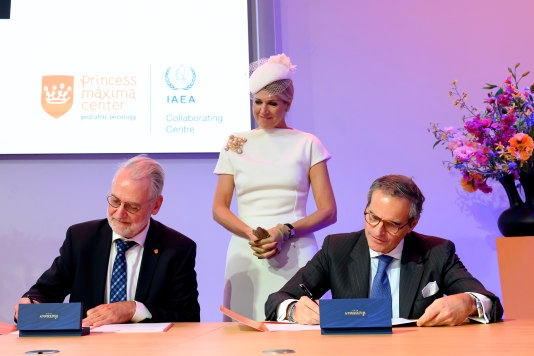
Princess Máxima Center and International Atomic Energy Agency join forces to improve radiotherapy treatments for children
In the presence of Her Majesty Queen Máxima, representatives of the Princess Máxima Center and the International Atomic Energy Agency (IAEA) today signed a four-year partnership aimed at improving practical knowledge on the use of radiotherapy for children with cancer.
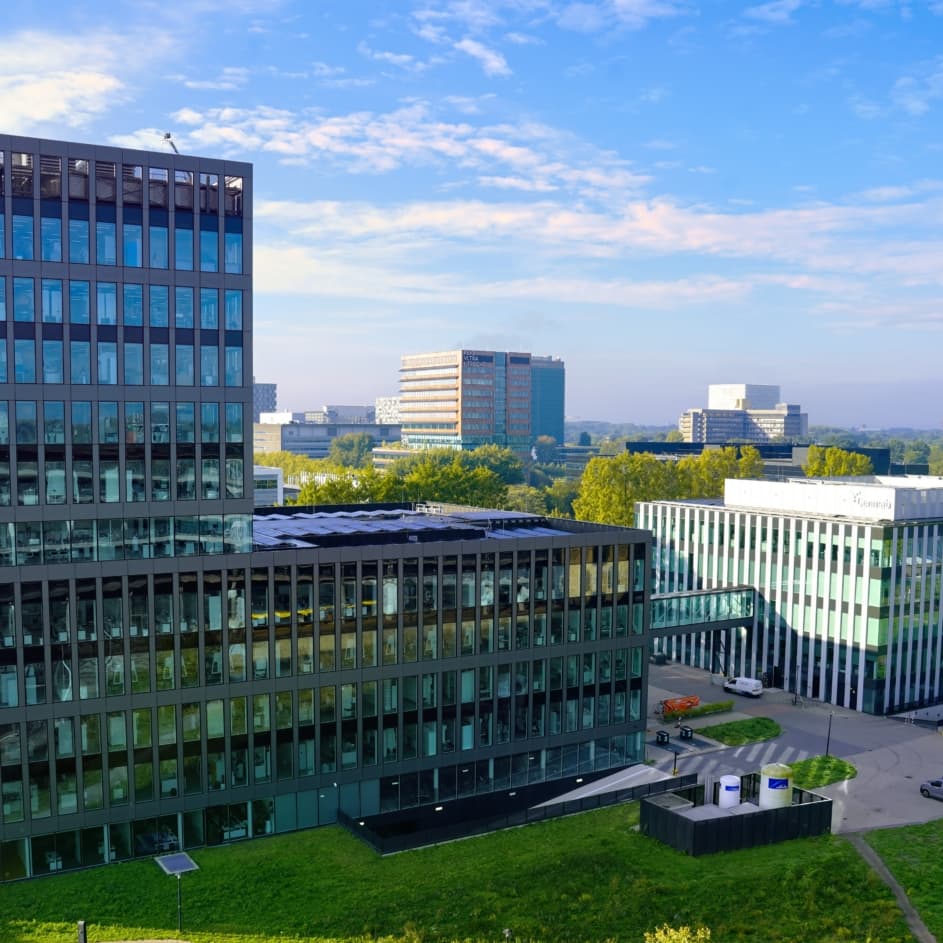
Wennink plan: Life Sciences and biotechnology are important growth drivers for the earning capacity of the Netherlands
The Dutch Life Sciences and biotechnology sector can make a much larger contribution to the Netherlands’ economic strength. This is shown in a new growth strategy presented today as part of Peter Wennink’s advisory report. The report also highlights Utrecht Science Park as one of the key innovation locations and sources of progress and growth.
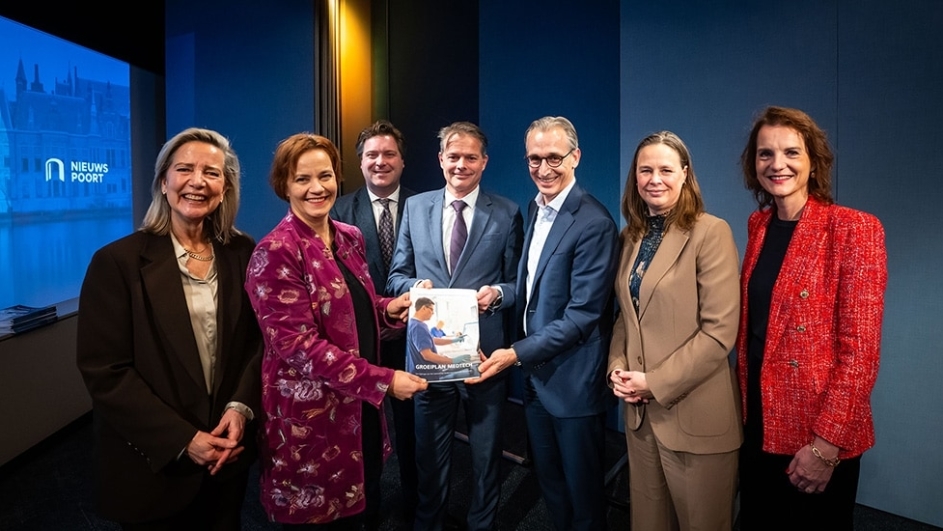
MedTech sector launches national growth plan: technology must support Dutch healthcare and structurally strengthen economic growth
The Dutch MedTech sector is presenting an ambitious growth plan today that aims to elevate the Netherlands to the European top by 2035. UMC Utrecht contributed to this plan, and it was co-presented by Carina Hilders (Chair of the UMC Utrecht Executive Board).
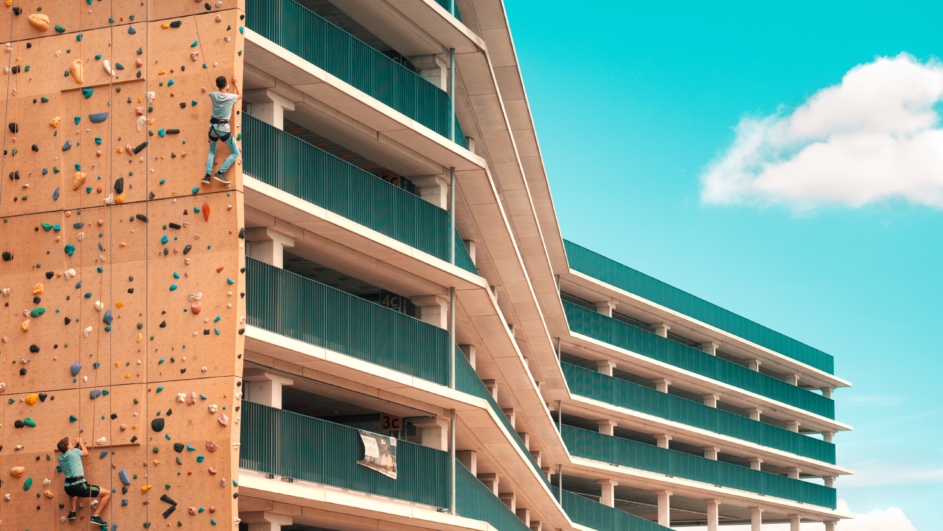
Parking rates at Utrecht Science Park to change from 1 January 2026
From 1 January 2026, parking rates at Utrecht Science Park will be adjusted. The Municipality of Utrecht and the owners of the publicly accessible parking facilities at Utrecht Science Park have reached a joint agreement on this.
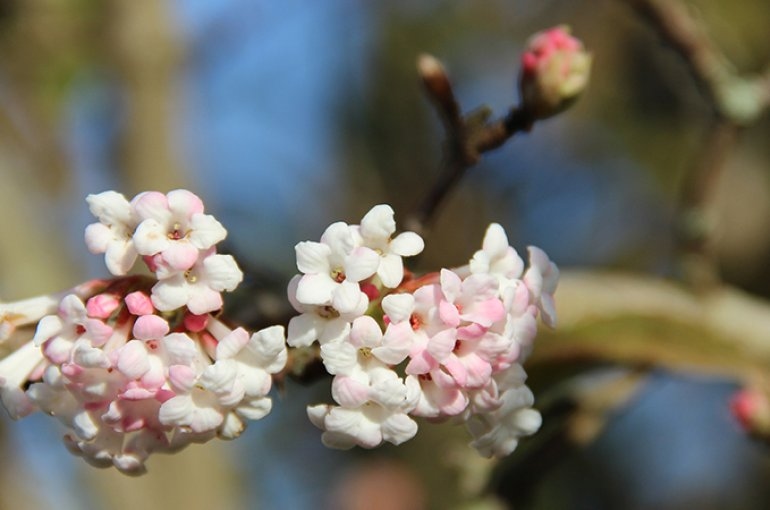
Winter closure Botanic Gardens
The Botanic Gardens go into hybernation as of Monday 1 December 2025. On Sunday 1 March 2026 you are most welcome again!
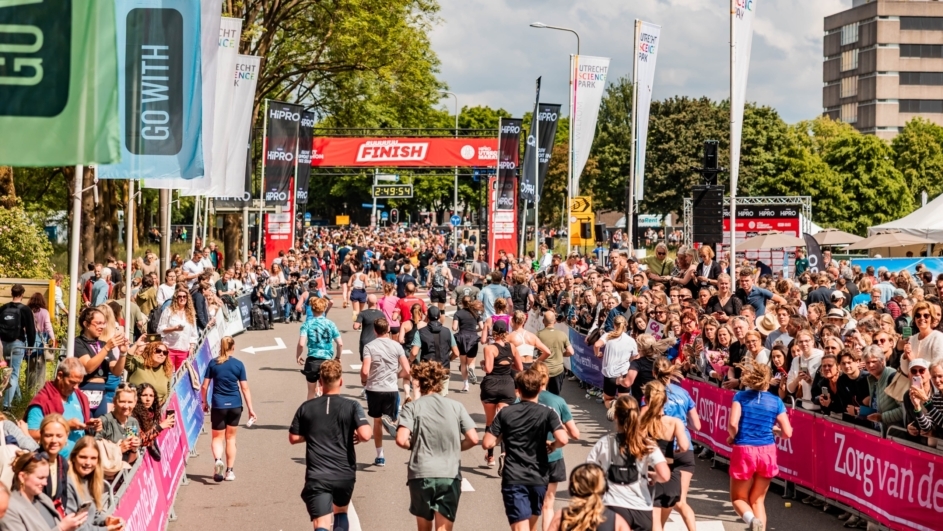
Registration for the HiPRO Utrecht Marathon 2026 Now Open
On Sunday, 31 May 2026, Utrecht will once again revolve around the HiPRO Utrecht Marathon, supported by Utrecht Science Park.

Laigo Bio at Utrecht Science Park raises €11.5 million in investments
Laigo Bio, a start-up located at Utrecht Science Park in the Life Sciences Incubator building, announced today that it has raised €11.5 million in investments from a large number of leading investors.
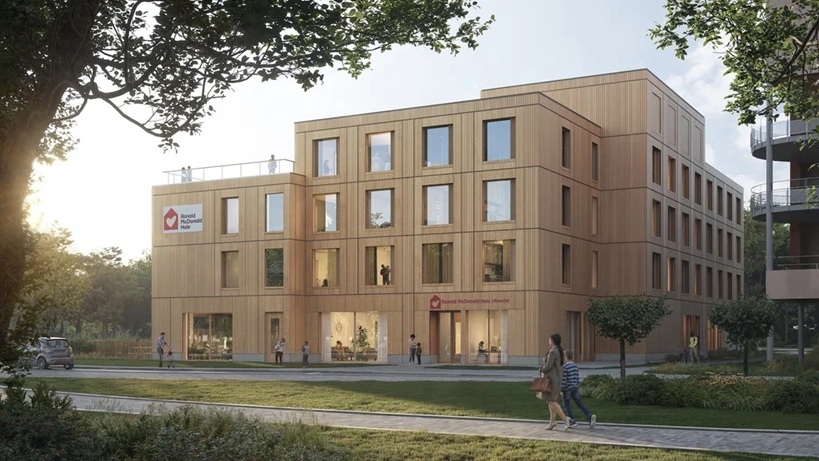
Ronald McDonald House Utrecht presents plans for new, larger House with 50 rooms
Ronald McDonald House Utrecht is building for the future. At Utrecht Science Park, next to the Wilhelmina Children’s Hospital and within walking distance of the Princess Máxima Center, Ronald McDonald House Utrecht has advanced plans to build a brand new, sustainable House with 50 guest rooms. Preparations are well underway, and construction is scheduled to begin in the second half of 2026. The goal is to open the new House sometime in 2028. This expansion will allow the House to offer more families of seriously ill or care-intensive children a warm home, allowing them to be close to their sick child day and night.
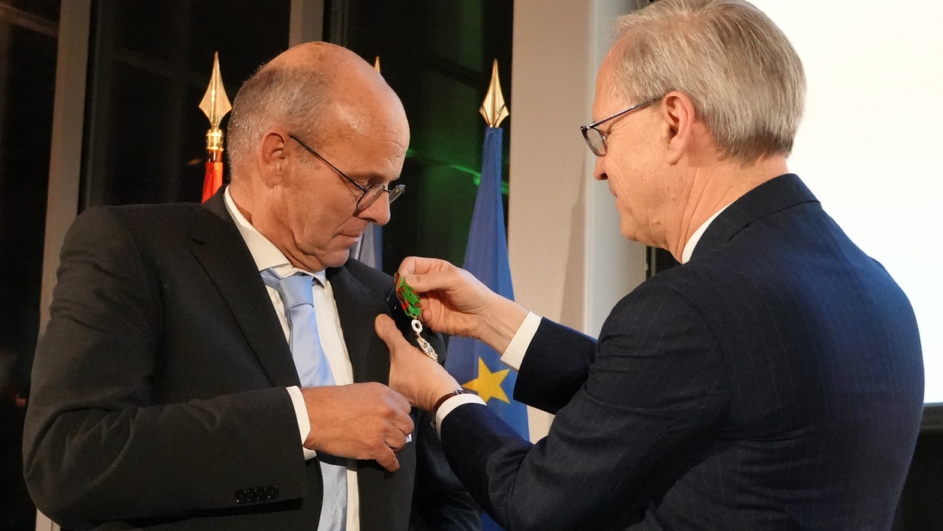
French honour for nutrition scientist Johan Garssen
Researcher Johan Garssen has been appointed Officier in the Ordre du Mérite agricole by the French government. He receives this prestigious honor for his exceptional contributions to agriculture, nutrition, health and international collaboration. The decoration was presented today by the French Ambassador to the Netherlands.
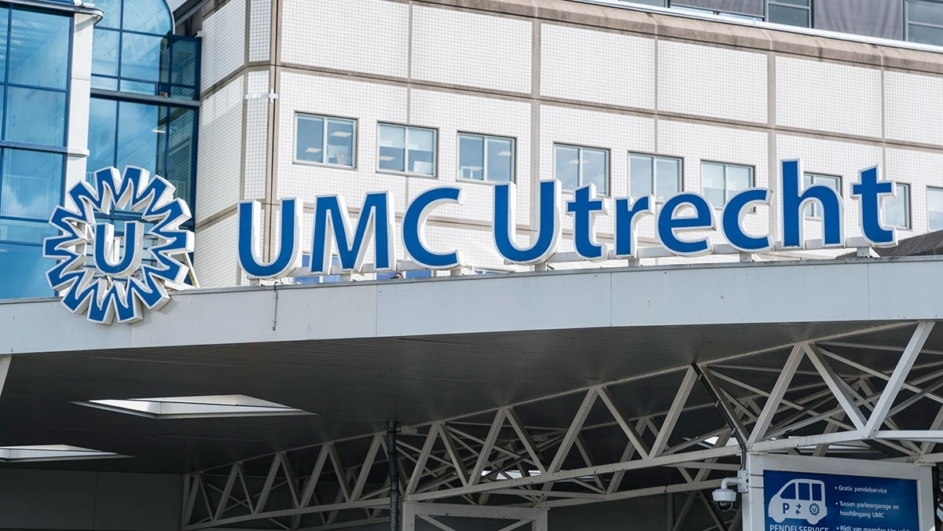
Renewal and sustainability UMC Utrecht
In the coming years, most of the UMC Utrecht will be renovated, rebuilt or newly constructed. Many of our buildings are already nearly forty years old and require renovation and sustainability.

Utrecht Science Park start-up Beephonix grows with the help of student workers
Utrecht Science Park start-up Beephonix is growing with support from student workers via Topselect, using its patented microphone technology for hearing implants and drone detection.
